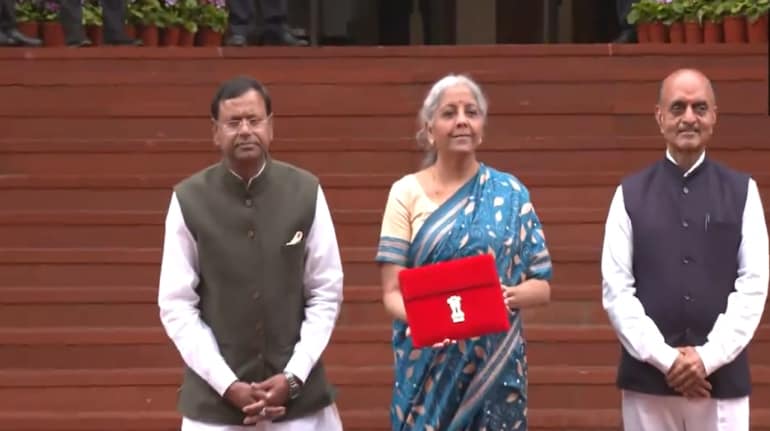A rise in base rate indicates that the falling interest rate trend is finally reversing and going forward we may see a few more hikes in interest rates. Crude oil (WTI) prices after falling to $65 level in beginning of December have now risen close to $72 on December 16 which indicates the revival of global demand. If the impact of Omicron variant of Coronavirus on global economy remains manageable and given double digit rise in WPI (Wholesale Price Index) in India which may later have spillover effect on CPI (Consumer Price Index), the likelihood of RBI raising the rate in coming future can not be ruled out.
Rising interest rate is good news for fixed deposit investors who have been getting one of lowest returns in the last 2 decades. And the same time this is bad news for borrowers who have been enjoying decadal low interest rates.
What is a bank’s base rate?
Base rate is the minimum interest rate at which a bank could lend to its customers who have their loans still under base rate regime. As a result, the overall interest rate of these old borrowers with floating rate loans like home loans will go up due to which they will either pay increased loan equated monthly instalments (EMIs) or will have their loan tenure extended.
SBI’s revised base rate of 7.55% per annum will be effective from December 15, 2021.

Will other loan regimes be impacted?
This base rate hike is unlikely to remain limited to base rate only as we may soon see other benchmark rates like MCLR and external benchmark being hiked as well going forward. SBI being the market leader, other banks are likely to follow suit and raise their lending rates in coming days.
All borrowers who had taken a floating rate home loan between July 2010 and March 2016 and did not shift their loans till now to any new regimen like MCLR or EBR will be impacted from this rate hike.
Banks have started hiking FD rates
In today’s announcement SBI along with increasing the base rate has also hiked its FD interest rates of amounts above Rs 2 crore. Click here for more details.
Private sector banks like HDFC Bank and ICICI Bank have also hiked FD rates of select tenors.
According to HDFC Bank’s website, effective from December 1, 2021, it will now offer a 2.50 percent interest rate on deposits with a maturity of 7 to 29 days, and 3 percent interest rate on FDs with a maturity of 30 to 90 days. 3.5 percent for FDs with maturity of 91 days to 6 months, and 4.4 percent for FDs with 6 months 1 day to less than one year tenor. On one-year FDs, the bank is offering 4.9 percent. On FDs maturing in one year and two years, HDFC Bank has raised interest rates by ten basis points (bps); these will now earn a 5% interest rate. These rates are for FDs below Rs 2 crore. Read the full story here.
Here is a look at ICICI Bank’s revised FD rates:

SBI base rate hike: Is this the start of the end of low interest rate regime? - Economic Times
Read More

No comments:
Post a Comment